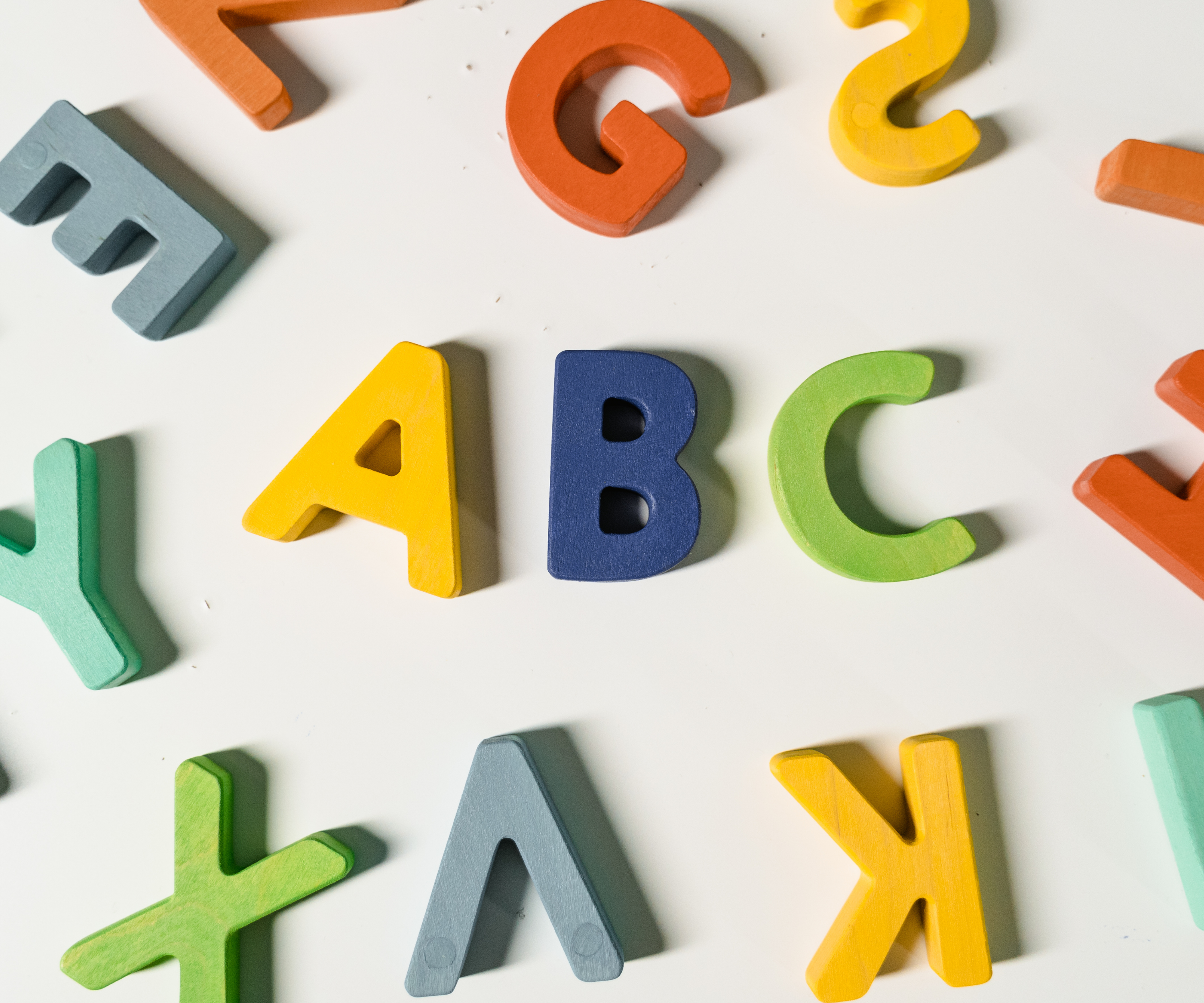
Phonics could be the missing piece in your English as a Second or Foreign Language Classes!
Have you ever found yourself googling “phonics for ESL”, only to end up with alphabet songs, chaotic worksheets, or materials clearly made for native speakers?
We did too.
For a long time, we couldn’t find phonics materials that worked for our ESL students, not because phonics isn’t useful, but because most resources aren’t designed for learners who are not immersed in English.
But here’s what we’ve discovered over the past few years:
Phonics can be a game changer for English learners: not just for reading and writing, but also for pronunciation.
Let us explain.
What Is Phonics — And Why Should ESL Teachers Care?
Phonics is the method of teaching how sounds (called phonemes) match letters or letter combinations (called graphemes). It helps learners decode written words and recognise sound patterns instead of relying only on memorisation.
In English-speaking countries, phonics is often taught in the early years to support reading and spelling. But in ESL contexts, it’s often overlooked or rushed.
Here’s why that’s a problem.
English Is a Strange Language to Read — Especially If You’re Not a Native Speaker
In Spanish, for instance, once children know the letters, they can read almost any word. English? Not so much.
We’ve all seen our students struggle with tricky words!
The reason? English is not a phonetic language: it’s full of irregularities, silent letters and some other crazy stuff (being totally honest). That’s why teaching phonics explicitly is so important.
What the Science Says: Explicit Phonics Instruction Works
There’s overwhelming evidence from the Science of Reading that shows phonics instruction, especially when it’s systematic and explicit, significantly improves reading fluency, decoding, and even spelling.
And yet, most of this research and most phonics programmes are based on native speakers.
So what about our learners?
ESL Learners Need More Than Native-Focused Phonics
English learners face unique challenges:
- Many English sounds don’t exist in their first language.
- They haven’t been exposed to spoken English from birth.
- They’re often learning to read in their native language at the same time.
This means they need more targeted instruction — with:
- A focus on sound awareness, especially for difficult or new phonemes.
- Activities that connect sounds to spelling, but also to pronunciation.
- A progression that works with their level of English, not against it.
Our Frustration Turned into a Toolkit
After years of adapting materials, reading everything we could, and testing it all in our own Eenglish academy (where children come to learn English as an extracurricular activity), we decided it was time to build the resource we always wanted:
A Phonics Toolkit made for English learners.
It’s built on:
- The Science of Reading
- What works in actual EFL classrooms
- The specific needs of non-native learners
We’re including routines, games, visual aids, pronunciation work, ready-to-use photocopiable worksheets and a sequenced approach to sounds. We’ll also share tips for integrating it into your current lessons, even if you only have 20 minutes a week.
Want to Be the First to See It?
We’re putting the final touches on the Toolkit and opening up a waitlist for early access.
If you join, you’ll:
- Get an early look at the toolkit when it’s ready
- Get it with a special launch price
- Possibly get a bonus freebie just for being on the list 😉
👉 Click here to join the waitlist now
Phonics doesn’t have to be overwhelming.
And it doesn’t have to be just for native speakers.
We hope you’ll join us!
Невозможно удержаться, просто сильно написано!